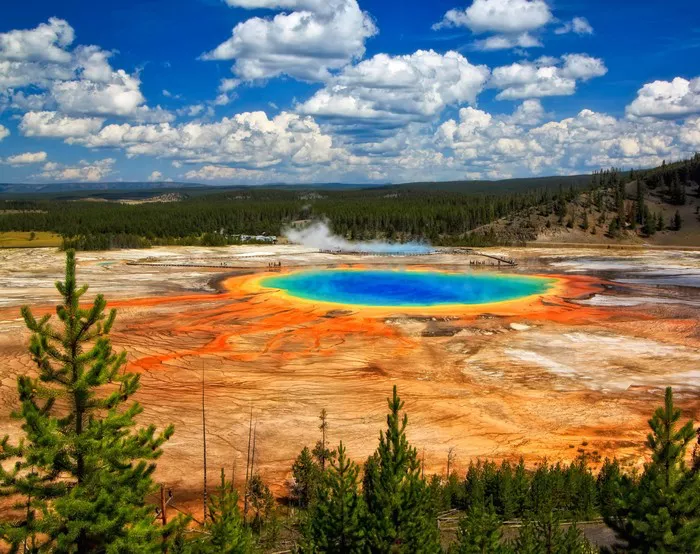Yellowstone National Park has celebrated a milestone in wildlife conservation with its gray wolf population reaching its highest numbers since reintroduction in the 1990s. According to the latest wildlife survey, the park now hosts over 120 wolves across 10 packs, a significant rebound from near-extinction levels decades ago.
Biologists credit the successful recovery to strict protection laws and the wolves’ role in maintaining ecological balance. Their presence has led to a healthier elk population and even reshaped riverbanks by reducing overgrazing. This phenomenon, known as a “trophic cascade,” has been widely studied as a model for rewilding efforts worldwide.
However, the growing wolf population has sparked debates among ranchers in surrounding states, who argue that wolves occasionally prey on livestock. In response, wildlife agencies have introduced compensation programs for affected farmers while emphasizing non-lethal deterrents.
Tourists visiting Yellowstone now have a higher chance of spotting these elusive predators, contributing to a surge in wildlife tourism. Park officials remind visitors to maintain a safe distance and respect the animals’ natural behaviors.


